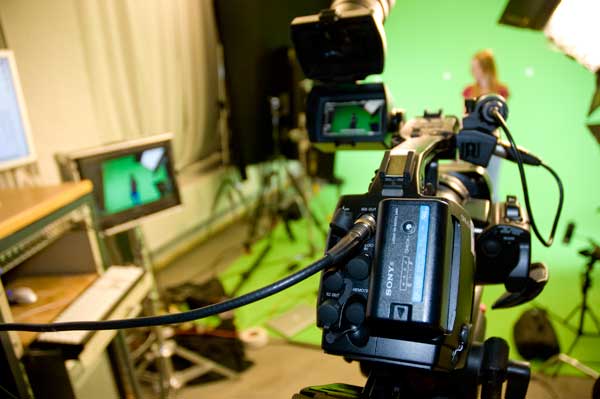

Sets the cut off point below which alpha values in the Screen Matte are set to zero. If you’re keying digital video or grainy footage, you might get better results if you adjust this control slightly. When disabled, set the Despill Bias color separately.Īdjusts how much you want to soften the foreground image used to generate the key. When enabled, use the Alpha Bias color as the Despill Bias color. Note:This control is disabled unless Use Alpha Bias for Despill is disabled.
#KEYLIGHT 1.2 AS KEYER SKIN#
The most useful colors to pick for Despill Bias are often hair colors and skin tones. Pick the color from the part of the foreground that is affected.Īdjusts the Despill Bias to remove any remaining spill from around the foreground image. If the key is not working too well with these settings, try setting the balance to about 0.05, 0.5 and 0.95 and see what works best.Īdjusts the Alpha Bias in case your screen color isn’t purely blue or green and is causing parts of the foreground image to become transparent. Generally speaking, blue screens tend to work best with a balance of around 0.95 and green screens with a balance of around 0.5. Sets the balance point for the image to key. Sets the screen color to become transparent, usually blue or green background.Īdjusts how much of the screen color is removed to make the screen matte. If you’re using premultiplied images, you should leave this enabled. When disabled, the key result is not unpremultiplied.
Composite - this renders the foreground composited over the background using all mattes, spill and color corrections. There’s an Unpremultiply Result checkbox you can use if you wish. Final Result - this creates a premultiplied RGBA foreground that can be composited later. In Keylight nodes down the tree, you should set the Source Alpha in the Inside Mask folder to Add To Inside Mask. This renders the original source image with the Screen Matte generated in this Keylight node. Use this option on shots that can only be keyed using several different keys on different parts of the image (multipass keying). Intermediate Result - view the intermediate result. Status - view an exaggerated view of the key so that minor problems are shown clearly. Combined Matte - view the screen matte, inside mask, and outside masks added together. The outside mask is used as a garbage mask to reveal the background. 
Outside Mask - view the outside input.This is used to firm up the foreground matte to stop print through. It does not include any inside or outside masks.
 Screen Matte - view the matte created from picking the Screen Color. Source Alpha - view the foreground image’s alpha channel. Source - view the blue/green screen foreground image. Select what you want to render into the output. The Inside Mask, or holdout matte, used to confirm areas that are definitely foreground. The Outside Mask, or garbage matte, used to remove unwanted objects (lighting rigs, and so on) from the foreground. The background image to replace the blue/green screen in the foreground. Keylight’s core algorithm was developed by the Computer Film Company (now Framestore) and has been further developed by Foundry.Ĭopyright © 2022 Foundry & Framestore. Use the Screen Matte parameters to improve the matte. To remove blue/green spill from the foreground object, use the Despill Bias control to pick skin tones from the source. Use the Screen Color selector to choose a color from the Source input to use as the blue/green screen color and the View dropdown menu to judge the key. Keylight is an industry-proven color difference keyer.
Screen Matte - view the matte created from picking the Screen Color. Source Alpha - view the foreground image’s alpha channel. Source - view the blue/green screen foreground image. Select what you want to render into the output. The Inside Mask, or holdout matte, used to confirm areas that are definitely foreground. The Outside Mask, or garbage matte, used to remove unwanted objects (lighting rigs, and so on) from the foreground. The background image to replace the blue/green screen in the foreground. Keylight’s core algorithm was developed by the Computer Film Company (now Framestore) and has been further developed by Foundry.Ĭopyright © 2022 Foundry & Framestore. Use the Screen Matte parameters to improve the matte. To remove blue/green spill from the foreground object, use the Despill Bias control to pick skin tones from the source. Use the Screen Color selector to choose a color from the Source input to use as the blue/green screen color and the View dropdown menu to judge the key. Keylight is an industry-proven color difference keyer.







 0 kommentar(er)
0 kommentar(er)
